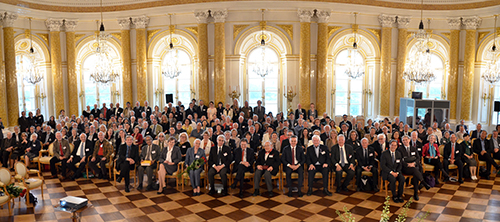From the emergence of the concept of World Heritage to the creation of ICOMOS
Until the end of the 19th century, architectural heritage had been a matter of solely national concern, and most of the laws regarding the protection of historic buildings in Europe date back to that period. Countless associations existed in each country, but their scope never went beyond national borders. Cultural internationalism, as we know it today, was an outcome of the First World War, with the creation of the League of Nations, and most of all of the Second World War, with the creation of the United Nations and the establishment of UNESCO.
The Athens Conference (1931) on the restoration of historic buildings, organised by the International Museums Office, and the Athens Charter, drafted by Le Corbusier at the fourth Assembly of the International Congresses on Modern Architecture (1933) and published anonymously in Paris in 1941, both represent a major step in the evolution of ideas because they reflected a growing consciousness among specialists all over the world and introduced the concept of international heritage for the first time in history.



